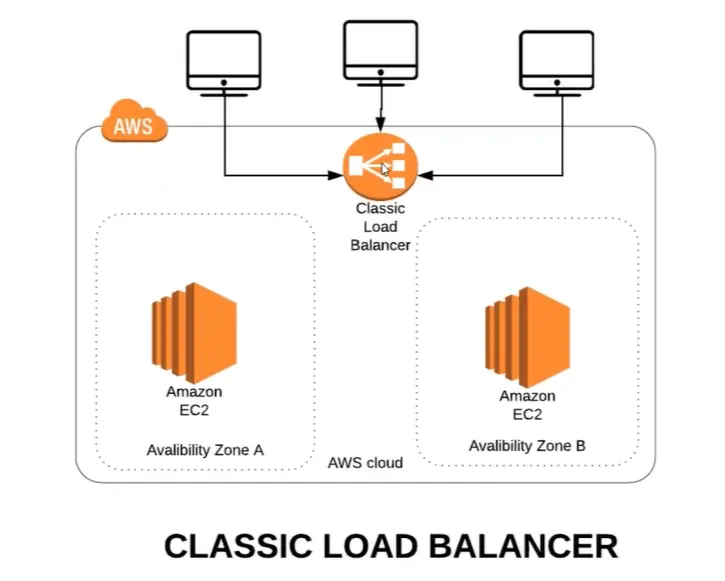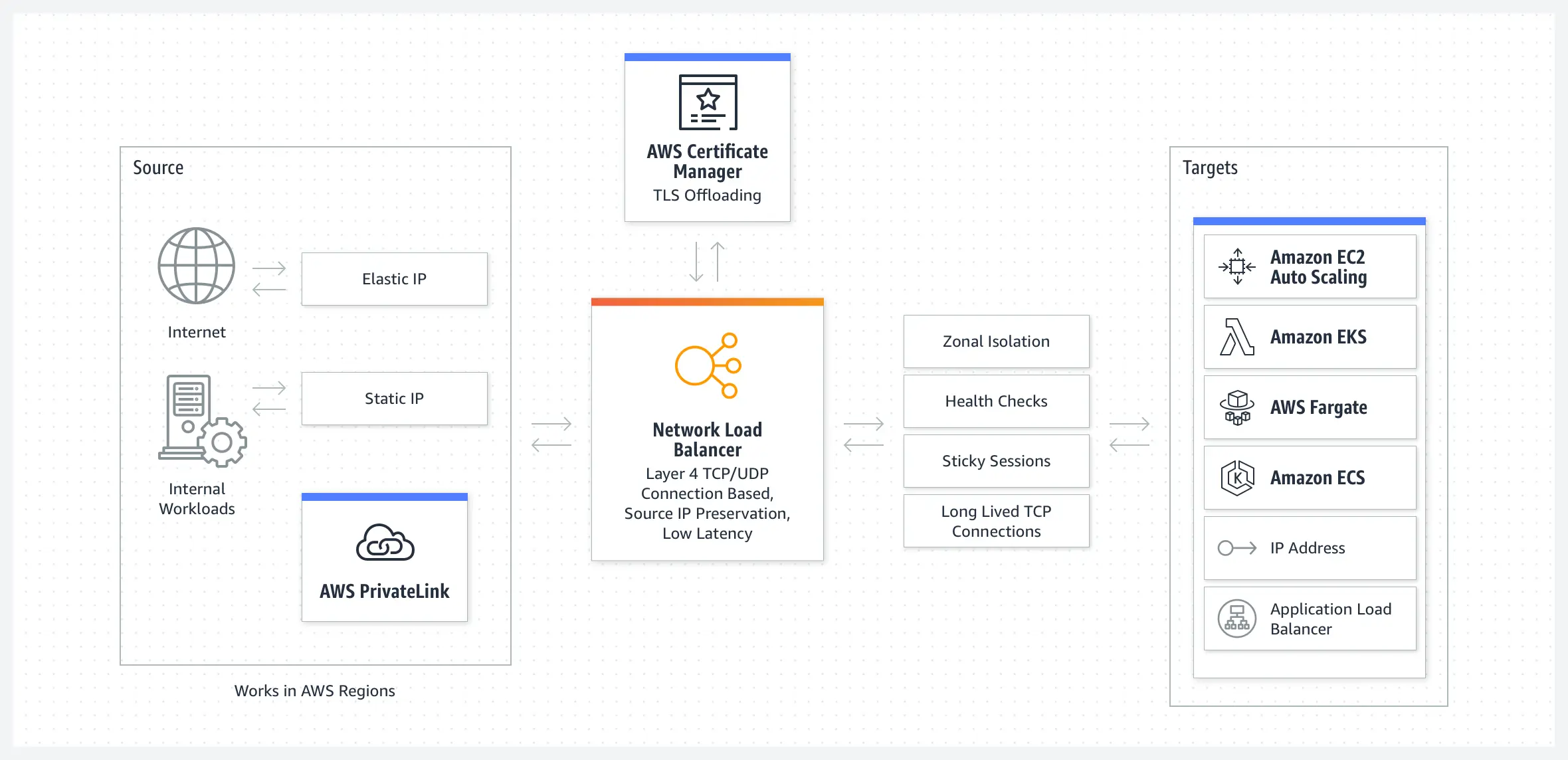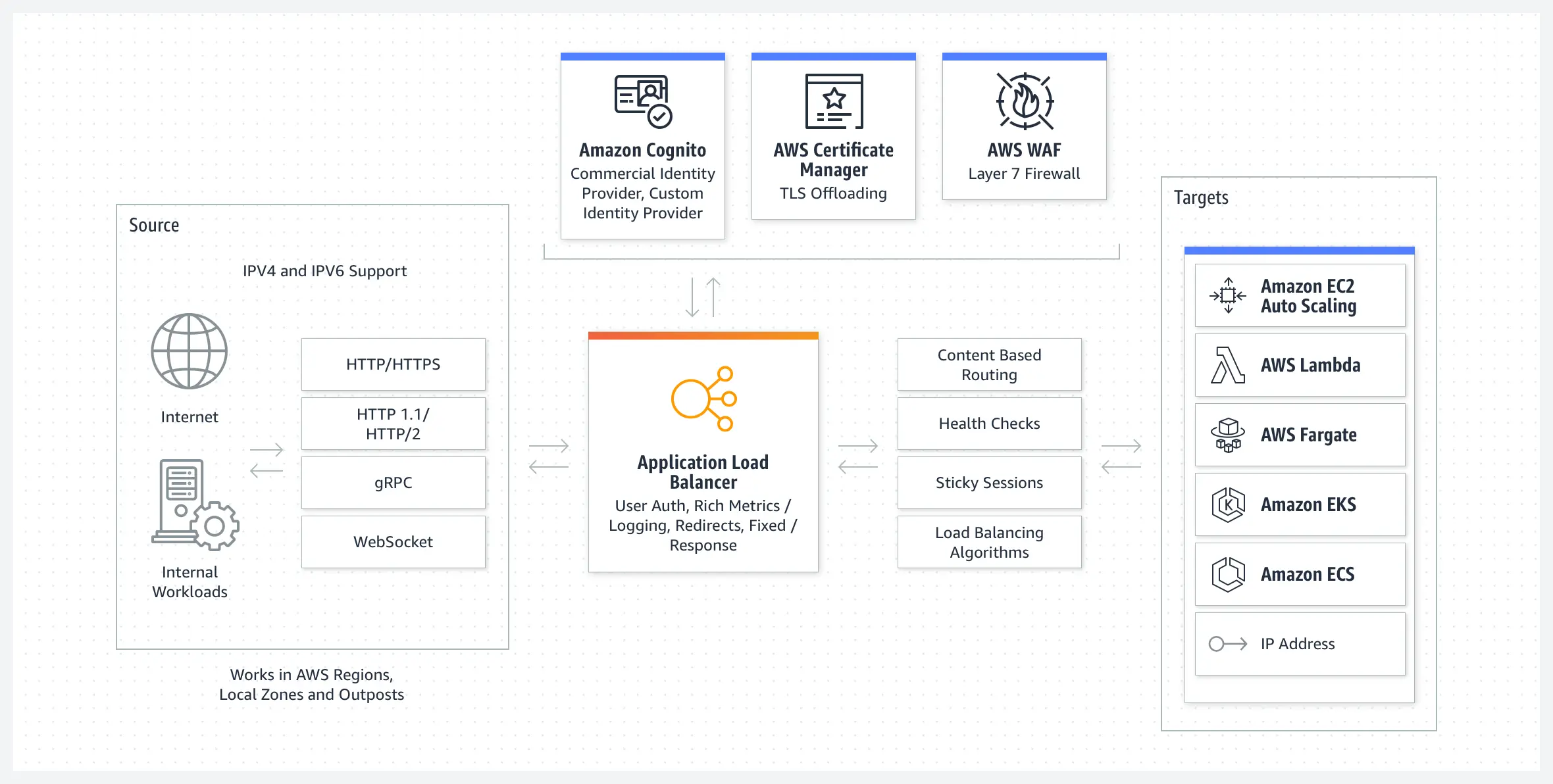Auto Scaling is used for automatic scaling up and scaling down.
Load balancer is used to distribute the incoming traffic across multiple targets.
We will be discussing these two concepts in detail in the following article.
When you launch a business application, you want it to reach as many users as possible, right?
But how many people your application can serve at one time depends on its server’s technical capacities.
Let’s understand this concept with an example. Say, your launch an application where you feel the daily user traffic will be around 10,000 visitors. Thus, you invest in a server that can deal with 10,000 visitors with ease.
But let’s say one of your marketing campaigns performs really well. And more than 15,000 visitors flock to your app at once. That would cause hindrances in user experience as the server would have maxed out on its capacity. In such a situation, you’d require a server with higher capacity.
Of course, one simple option is for you to upgrade your server. That, however, has two issues –
- Till the time you are notified of the problem and till the time you upgrade the server, your application’s user experience would remain poor. A lot of people will have negative experiences with your app/site and they may never come back.
- After the buzz from the campaign dies, the traffic would come down to the usual, and then your extra server capacity would remain idle, while you are still billed for it.
In such situations, AWS servers offer you 2 unique solutions to automatically scale up and down your server and balance the load.
These two solutions are –
- Autoscaling, and
- Load Balancer.
In this piece, we will be discussing what these two features mean.
AWS Auto Scaling
AWS Auto Scaling is a solution that monitors your application and automatically adjusts the capacity to make sure that you get stable and predictable performance without having to spend a lot more than is necessary.
You can quickly and easily set up autoscaling with AWS Auto Scaling facility on multiple resources and services. These include:
- Amazon EC2 instances
- Spot Fleets
- Amazon ECS tasks
- Amazon DynamoDB indexes and tables
- Amazon Aurora Replicas
With AWS autoscaling, scaling becomes simple and effortless with timely recommendations that help you improve not just stability and performance, but also keeps costs in check.
The key benefits of Amazon Auto Scaling include:
- Quick to setup scaling
- Allows making smart scaling decisions
- Application performance is maintained automatically
- Cost optimization as you pay only for the resources that you actually need.
Here’s a diagrammatic representation of how AWS autoscaling works –

Amazon Elastic Load Balancing (ELB)
With Amazon ELB, the incoming application traffic gets automatically distributed across multiple targets (for example, Amazon EC2 instances, containers, and IP addresses, etc.) and virtual applications.
ELB can handle the varying load of your application traffic in a single Availability Zone or across multiple Availability Zones.
Its core features include:
- High availability,
- Automatic scaling, and
- Robust security
There are four types of Elastic Load Balancer (ELB) on AWS:
Classic Load Balancer (CLB)

Application Load Balancer (ALB)
Network Load Balancer (NLB)

Gateway Load Balancer (GLB)

You can use Amazon Elastic Load Balancing for the following use cases –
- If you want to scale modern applications (which are serverless or containers) to meet demand without getting into the complex configurations or using API gateways
- Load balancing across AWS and on-premises resources is possible using a single load balancer, which helps organizations improve hybrid cloud network scalability
- AWS load balancing allows you to deploy network appliances from your preferred vendor while taking advantage of the scale and flexibility of the cloud.
Based on different needs and requirements, you can either set up AWS auto-scaling or Amazon Load Balancer for your application.
Not sure which one to use? Get expert advice from our team of AWS developers who can guide with auto-scaling versus load balancer and many other AWS issues.
SynergyTop – Your one-stop destination for AWS solutions and consultation
At SynergyTop, we offer AWS solutions and consulting as a part of our Application Management Services. Here’s why you can trust SynergyTop for all your AWS setup needs –
- A team of experts with 3+ years of experience
- Deep domain expertise with Amazon Web Services
- Round-the-cloud technical support is available.
- Designated systems engineer for guidance and query resolution.
- Prompt issue fixing to ensure smooth application performance.
So don’t wait up anymore. Get reliable one-stop solution and authentic AWS guidance from our experts.

















